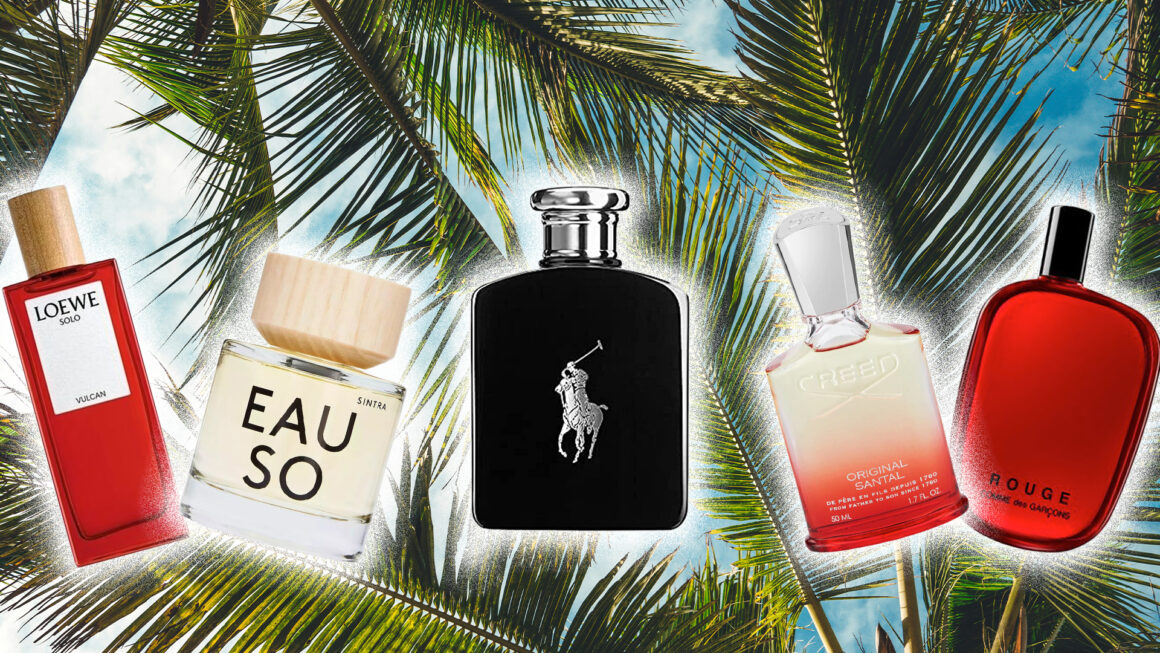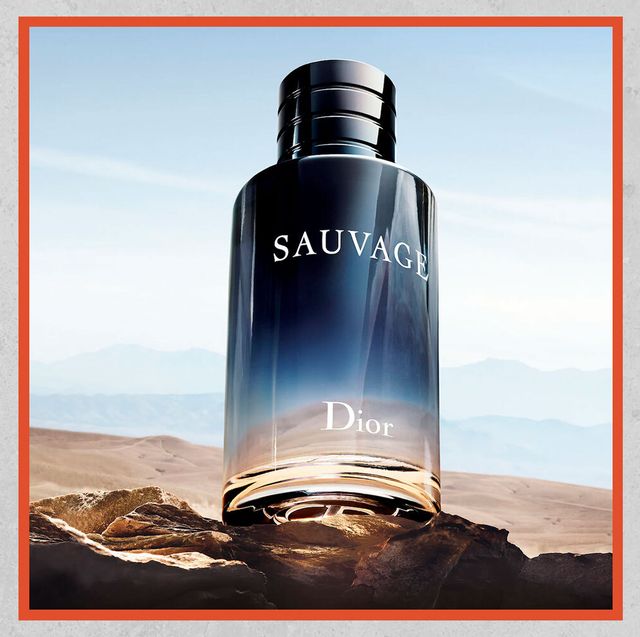Exactly How to Choose Perfumes Based Upon Your Personality and Design
Wiki Article
From Traditional to Modern: A Journey Via the Evolution of Perfumes and Scent Trends
As we stand at the threshold of perfumery's abundant history, the trip from traditional to modern scents beckons us to witness the elaborate tapestry of scents woven via time. The advancement of perfumes and scent trends mirrors the ever-changing landscape of social standards, artistic motions, and technical developments.Historic Origins of Perfumery
The historical origins of perfumery can be mapped back to ancient human beings such as Egypt, Mesopotamia, and China, where great smelling oils and scent were made use of for spiritual ceremonies, rituals, and personal accessory. In ancient Egypt, fragrances held substantial social and spiritual importance, with fragrances like cedarwood, incense, and frankincense being typically used. The Egyptians also established sophisticated strategies for extracting necessary oils from flowers and plants, laying the foundation for contemporary perfumery.Likewise, Mesopotamians made use of fragrances in religious events committed to their deities. The renowned Legendary of Gilgamesh, one of the earliest surviving jobs of literature, even discusses the relevance of perfumery. In China, aromatic materials were used in different kinds, consisting of incense, sachets, and in showering routines. The Chinese also created innovative techniques for blending scents, which later on affected perfumery practices in other parts of the world.
These old civilizations not just appreciated the positive scents however also identified the symbolic and spiritual importance of fragrances, leading the way for the advancement of perfumery through the ages.

Development of Standard Fragrances
Having established an abundant historic foundation rooted in old worlds, the development of classic scents showcases the long-lasting influence and development that have actually specified perfumery gradually. Classic scents, such as Chanel No. 5, Shalimar by Guerlain, and Joy by Jean Patou, have stood the test of time by captivating generations with their classic fragrances. These renowned fragrances usually include an unified mix of top, middle, and base notes, creating complex olfactory experiences that stimulate nostalgia and elegance.The development of classic fragrances is noted by an equilibrium between practice and modernity. While these timeless scents preserve their original essence, perfumers continuously adapt to transforming preferences by including contemporary twists. Traditional scents have motivated plenty of modern productions, functioning as a foundation for the advancement of new scent profiles and mixes.
In today's market, classic fragrances remain prominent amongst customers who value the elegance and class related to these iconic fragrances. As perfumery remains to advance, classic scents offer as a reminder of the enduring appeal and artistry that define the world of fragrances.

Influence of Modern Innovations
A significant shift in the fragrance industry has been driven by the assimilation of modern innovations, reshaping the landscape of perfumery with advanced techniques and active ingredients. Developments in biotechnology have actually enabled the development of synthetic variations of all-natural fragrances, giving perfumers with a broader variety of choices to collaborate with. Molecular distillation strategies have allowed the extraction of purer and much more focused essences, causing the development of longer-lasting scents.
Additionally, making use of man-made intelligence and artificial intelligence formulas has changed the process of scent production by examining customer preferences and market fads to predict the following popular scent notes. This data-driven approach has assisted perfumers customize their creations to satisfy the evolving demands of the marketplace. In addition, lasting practices have ended up being a vital emphasis in modern perfumery, with a growing emphasis on eco-friendly sourcing, click now production, and packaging. By incorporating these modern technologies, perfumers are not only pushing the limits of imagination however additionally aligning with the values of today's conscious consumers.
Shifting Patterns in Scent Sector
Among the dynamic landscape of the fragrance industry, noticeable shifts in consumer preferences and market dynamics are forming the trajectory of perfumery patterns. One significant pattern is the rising demand for environment-friendly and sustainable fragrances. Customers are ending up being much more environmentally conscious, causing a choice for perfumes made from natural ingredients and lasting manufacturing techniques.In addition, there is an expanding rate of interest in unisex and gender-neutral scents as typical sex norms continue to blur. Brand names are progressively concentrating on producing scents that interest a diverse series of identifications and preferences, reflecting the developing societal perspectives in the direction of gender and uniqueness.
In terms of scent profiles, fresh and tidy fragrances are obtaining appeal, mirroring the contemporary choice for minimalism and simpleness. On the various other hand, complicated and exotic scents inspired by various societies and regions are additionally making a mark in the industry, providing to customers looking for immersive and distinct pop over to this site olfactory experiences.
Checking Out Olfactory Experiences Today
In the world of modern perfumery, the exploration of olfactory experiences today delves right into a varied tapestry of aromas that captivate the detects with advancement and virtuosity. Modern perfumers are pressing boundaries by incorporating unique notes and unique combinations to produce olfactory work of arts that appeal to a variety of choices.One popular fad in current olfactory experiences is the increase of specific niche fragrances. These specialized aromas accommodate people seeking exclusive and unique fragrances that set them in addition to mainstream offerings. Niche fragrances frequently concentrate on high-quality components and craftsmanship, giving wearers with a sense of luxury and uniqueness.
Moreover, sustainability and eco-consciousness have actually become important to modern olfactory experiences. Perfume houses are progressively prioritizing environmentally pleasant methods, from sourcing components fairly to utilizing recyclable packaging - perfumes. Consumers are drawn to fragrances that not only scent exquisite but likewise straighten with their worths of sustainability and obligation
Final Thought

As we stand at the threshold of perfumery's rich background, the trip from timeless to modern fragrances beckons us to witness the intricate tapestry of fragrances woven through time. Classic fragrances, such as Chanel No (perfumes). 5, Shalimar by Guerlain, and Joy by Jean Patou, have stood the test of time by captivating generations with their timeless aromas. Classic fragrances have actually motivated numerous modern productions, serving as a foundation for the development of brand-new scent profiles and mixes
Furthermore, the use of man-made intelligence and equipment discovering algorithms has transformed the process of scent production by analyzing customer preferences and market fads to forecast the next prominent fragrance notes. As patterns shift and brand-new scents arise, the journey via the development of fragrances offers a peek into the dynamic nature of the scent market and the enduring allure visit of scent exploration.
Report this wiki page